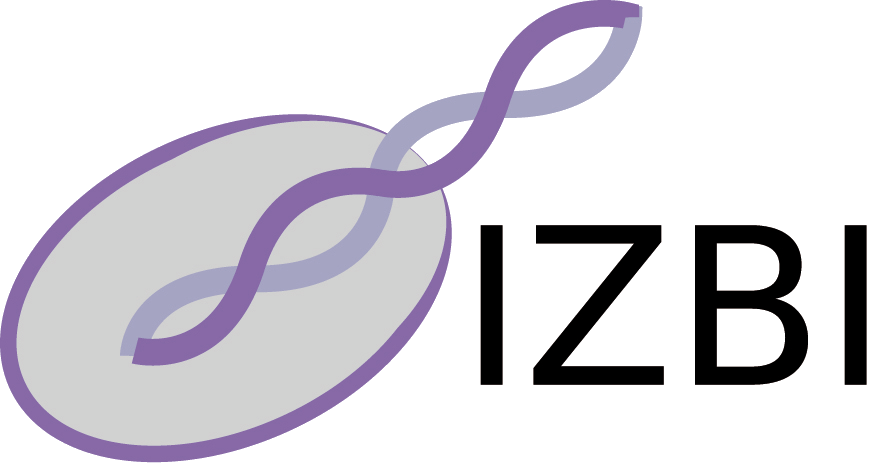Publications - Working papers
Please find below working papers of our group. Currently, we list 58 working papers.
In the list are only not published papers present. If you look for a preprint of an already published paper you must look in the "Published papers" section.
If you have problems accessing electronic information, please let us know:
©NOTICE: All working papers are copyrighted by the authors; If you would like to use all or a portion of any paper, please contact the author.
Quantification of hominoid disparity: identifying organization plans and major events in skull transformation.
J. Chaline, B. David, Gunter J. Eble, F. Magniez-Jannin, D. Marchand, A. Mallasé.
Download
[ PDF ]
Status: Submitted
Quaternary Research
Abstract
Landmark-based morphometric methods are applied to adult hominoid skulls in three planes (sagittal, Francfort and ortho-sagittal), and pairwise disparity patterns are analyzed. Morphological differences between species are estimated with Procrustes methods. Distance trees suggest the existence of three discrete organization plans: "Great Ape", "Australopithecine", and "Homo". Morphological changes quantified by vector fields indicate that these skull plans are characterized by distinctive degrees of cranio-facial transformation. The transition from the "Great Ape" skull plan to the "Australopithecine" skull plan is characterized by occipital rotation, facial contraction and expansion of the upper cranial vault, with the foramen magnum at the skull base moving to a more horizontal position. The transition from the "Australopithecine" skull plan to the "Homo" skull plan is reflected in tilting and forward movement of the foramen magnum, posterior extension of the skull, facial contraction and broadening of the frontal bone definitively separating the bregma and stephanion, a clear characteristic of the genus Homo. This study further confirms that within the Homo lineage, neandertalization introduces a regression in the tilt of the foramen magnum relative to the Francfort plane. Statistical analysis shows that the extent of shape change between skull plans is significantly greater than the extent of shape change within plans.















